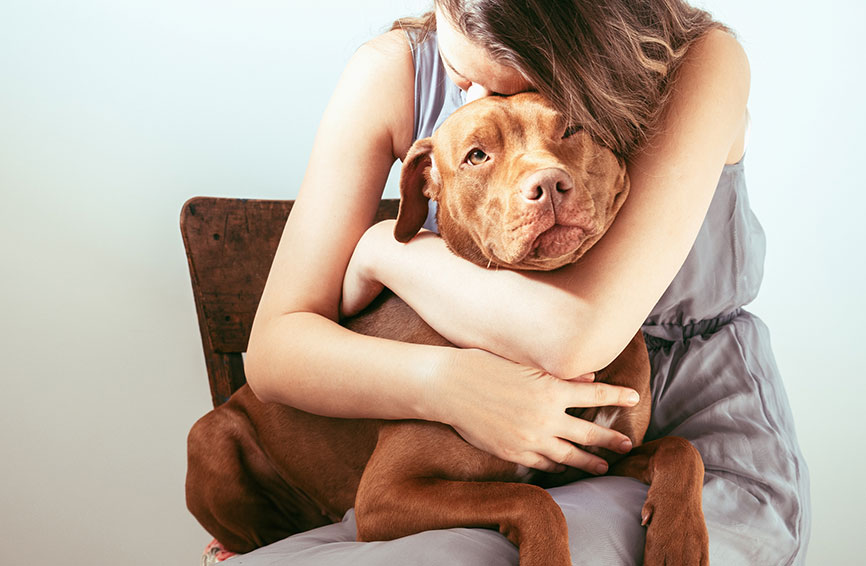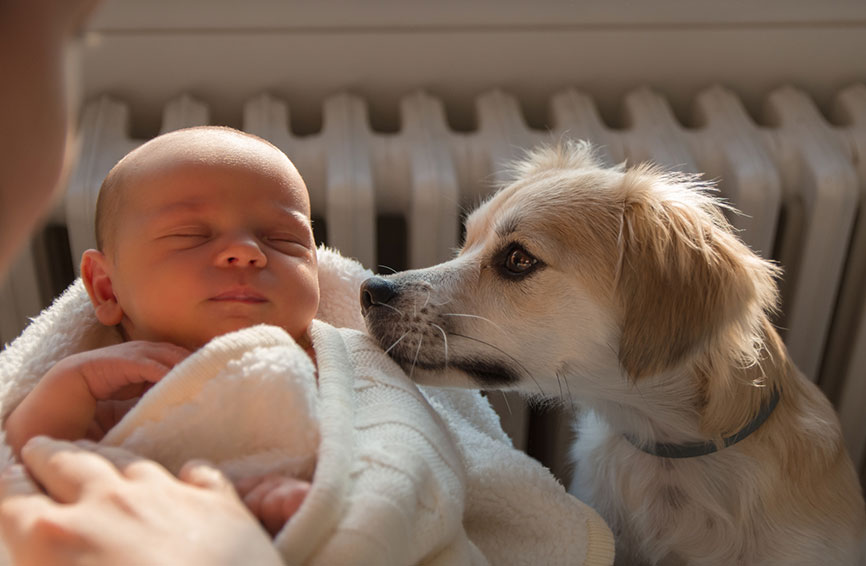Start ’em young! Puppies need training almost immediately but do require special treatment (and a whole lot more patience) compared to grown dogs. By getting a head start on teaching your pup, you’ll have many years of happy walks ahead of you. Here are some basic things to remember when you first start taking your little buddy out:
- Your puppy has a short attention span right now! Don’t expect perfection on your walks. Think literally: baby steps.
- A puppy on a leashed walk is really about socialization and desensitization, not perfect leash techniques. Experiencing the world around him (sights, sounds, and smells) is the most important aspect at this time.
- Bring high value treats with you every time you go out for a walk. You may need them to get his attention and for desensitizing him to unfamiliar or “scary” stimuli, plus they work wonders when enforcing good behavior.
- Try teaching simple focus cues before leaving the house in order to get your dog’s attention when out for a walk.
- Keep your leashed walks short and don’t expect to get very far very fast.
- Keep your puppy on a short leash to start. You do not want him to be too far away if he startles at something and want him close enough to get his attention if he comes upon a new/unusual stimulus. Also, keeping him close will allow you to reinforce good behavior immediately with a treat.
One of the most common issues puppies need to work on is leash etiquette. Namely that puppies will pull and pull and pull! Here are some quick tips on getting your little furball to cut it out:
- STOP: When your puppy pulls. Simply stop your body, no verbal prompt.
- GET YOUR DOG’S ATTENTION: Try the “look” and “touch” cues, as well as calling his or her name, make a “kissy” sound, whistle, or pat your thigh.
- MARK (click or “yes!”) then PRAISE and REWARD: Always praise and give a treat when your dog does what you want. Try “catching” your pup when he is doing the right thing (walking on a slack leash or looking at you) and surprise him with a reward for that desired behavior.
After these steps, if you have your dog’s attention and the leash is slack, you may begin walking again. His reward for not pulling on the leash is that he gets to walk again. Once he gets better at paying attention to you, you can stop treating every time, however it’s important that you continue treating when you click or say “yes!” as these positive reinforcements will thread through the rest of your training.
Danette Johnston is the owner of Seattle’s Dog’s Day Out and is a Certified Professional Dog Trainer (CPDT-KA). She is an author, former Vet Tech, lecturer, a Licensed Canine Good Citizen evaluator for the the AKC and has worked as a Delta Society Pet Partner (animal assisted therapy) Instructor and Team with her dear departed dog Georgi). She currently shares her home with a brown tabby, a Pittie/Border Collie mix, a growing human boy and a very tolerant husband.








